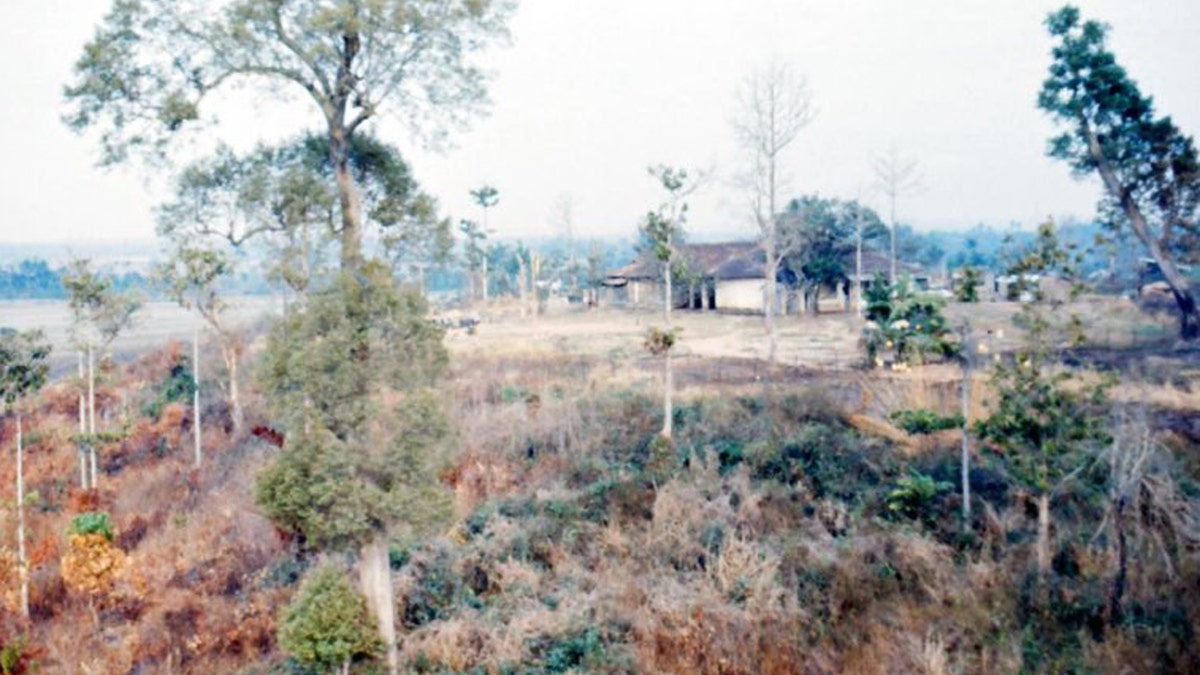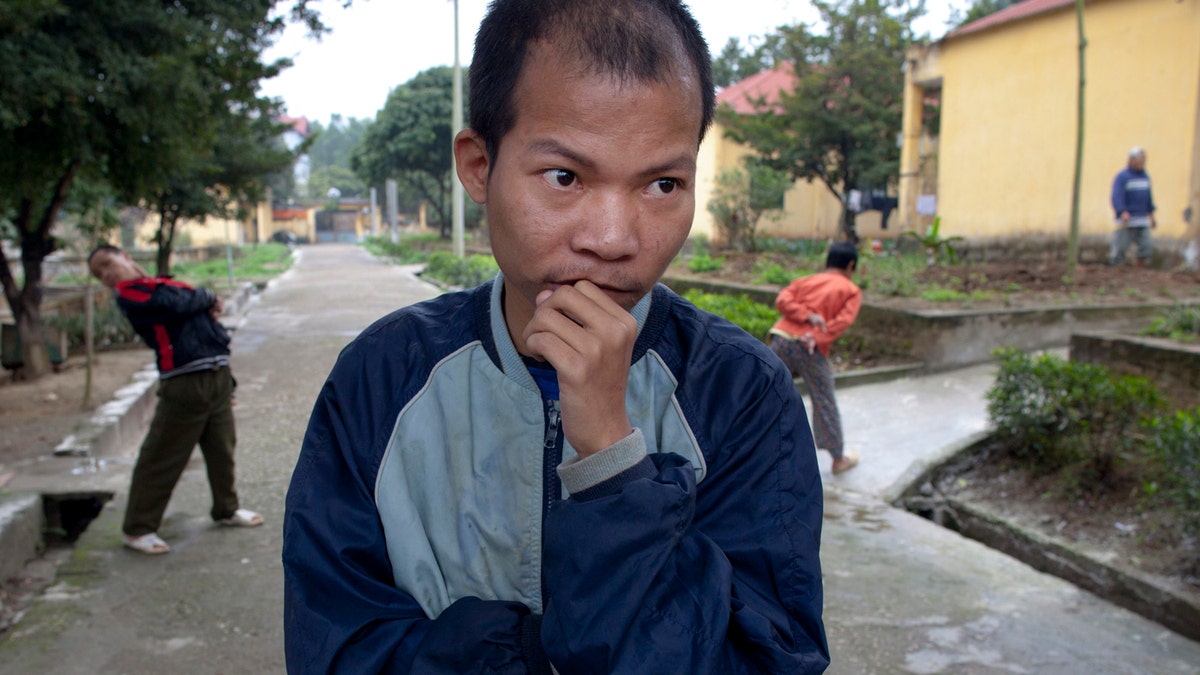
U.S. aircraft sprayed 20 million gallons of herbicides across Vietnam during the Vietnam War. Dioxin, a contaminant in Agent Orange, persists today. (Photo by US Army Flight Operations Specialist 4 John Crivello in 1969)
Toxic byproducts of Agent Orange are polluting the environment in Vietnam, including its food supply, 50 years later.
During the Vietnam War, U.S. aircraft sprayed more than 20 million gallons of herbicides – including Agent Orange – on the country's forests, crops and wetlands. Agent Orange contains a byproduct called dioxin TCDD, which can remain in the environment for decades or even centuries.
"In this paper, we examine the short and long-term environmental effects on the Vietnamese natural resource base and how persistence of dioxin continues to affect soils, water, sediment, fish, aquatic species, the food supply, and Vietnamese health," Ken Olson, professor emeritus in the department of natural resources and environmental sciences at the University of Illinois and co-author of the study, said in a statement.
ROBOCALLS SKYROCKET BY 325 PERCENT WORLDWIDE
Researchers analyzed an 870-page USAID report, along with a dozen other research reports on Vietnam's contaminated airbase sites, to explain how dioxin TCDD moved and its impact on the country's long-term health.
According to study co-author Lois Wright Morton, of Iowa State University, after the American military sprayed in the 1960s, the trees and shrubs absorbed the chemical, then dropped it to the ground onto the soil, which brought dioxin TCDD into soil organic matter. From there, it moved offsite into runoff water, later settling in wetlands, rivers, lakes and ponds.

Handicapped residents at the Ba Vi orphanage wander about the large campus in Ba Vi, Vietnam. Vietnamese and U.S policymakers are working to clean up the environmental damage from dioxin TCDD. A plan in place urges the U.S government to provide an estimated $30 million annually over 10 years to clean up sites still contaminated by dioxin. (Photo by Paula Bronstein/Getty Images)
Dioxin-contaminated sediment was, and still is, ingested by bottom-feeding fish and shrimp, the study, which was published in the Open Journal of Soil Science, says. Although fishing is banned at most of the contaminated sites now, the bans have been hard to enforce.
STUNNING IMAGES SHOW NEON SQUID, SEA BUTTERFLIES AND OTHER CREATURES IN THE OCEAN
"The worst dioxin-contaminated site in Vietnam is Bien Hoa airbase, which is 30 miles north of Ho Chi Minh City," Olson said. "After President Nixon ordered the U.S. military to stop spraying Agent Orange in 1970, this is the site where all the Agent Orange barrels remaining in Vietnam were collected. The barrels were processed and shipped to Johnston Island in the Pacific Ocean, where they were incinerated at sea in 1977."
The researchers recommend the incineration of contaminated soil and sediment at 10 Vietnam airbase sites impacted.



















